Centre “Intelligent Technical Systems”
The Center for Excellence "Intellectual Technical Systems" and the Faculty of Innovative Technologies of TSU are ready to supply customers with unique competitive technologies:
-
Digital x-ray microtomograph
-
Remote control system
-
Scout bot
Structure of the Centre:
World-class International Laboratory “Vision systems”
The laboratory is oriented on development of the foundations of theory, principles of construction, modeling, design and experimental research of competitive vision systems with a wide range of application.
Intelligent algorithms allow creating software for the newest diagnostic and medical equipment, especially in the field of diagnosis of various diseases, monitoring patients and localization of surgical procedures. Such systems are continuously improving. Currently, these medical systems are among priority directions for research and development of science, technology, and medical instruments in the Russian Federation.
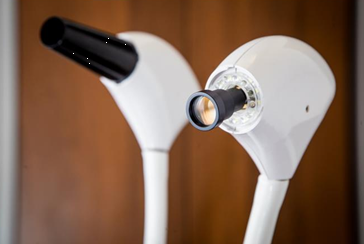
Video colposcope for noninvasive diagnosis of human organs
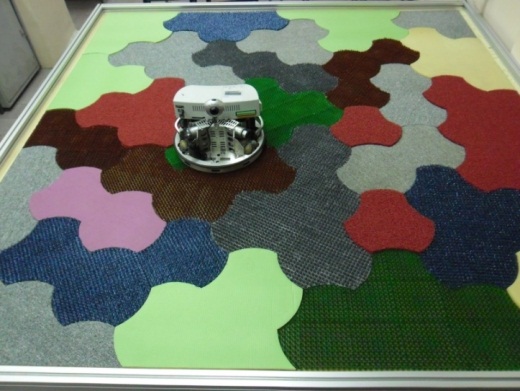
Navigation of a mobile robot in the heterogeneous environment
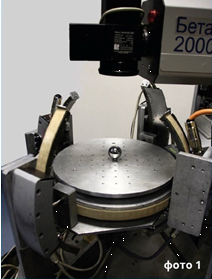
Double-purpose platform manipulator
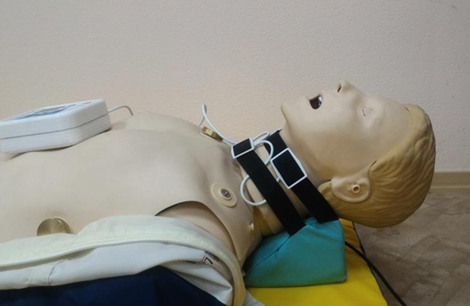
A device for cardiopulmonary resuscitation procedure control
International Scientific and Educational Center
“Lasers and Laser Technologies”
The Center is oriented on development of multiwave lasers and laser systems. Solution of a wide range of tasks in the field of medicine, industrial technologies, and remote sensing of atmospheric parameters requires development of lasers and laser systems capable to operate in a pulsed-periodic mode and radiate at various wavelengths in the entire optical range from the near UV to the average IR range. Metal vapor lasers are widespread among the existing lasers.
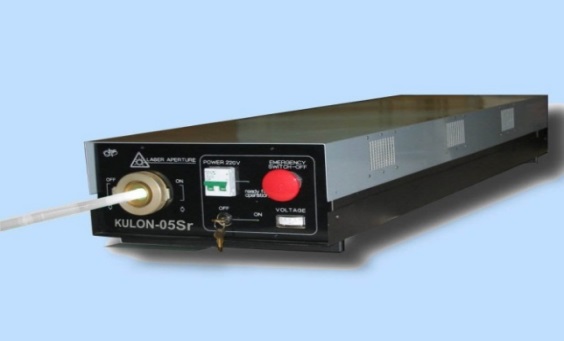
Sealed-off strontium vapor laser «KULON-05 Sr»
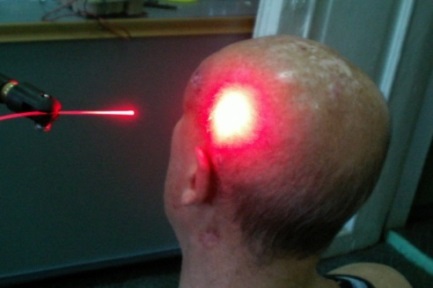
Irradiation session by means of photodynamic therapy

Research laser installation for resonant ablation of materials and biotissues
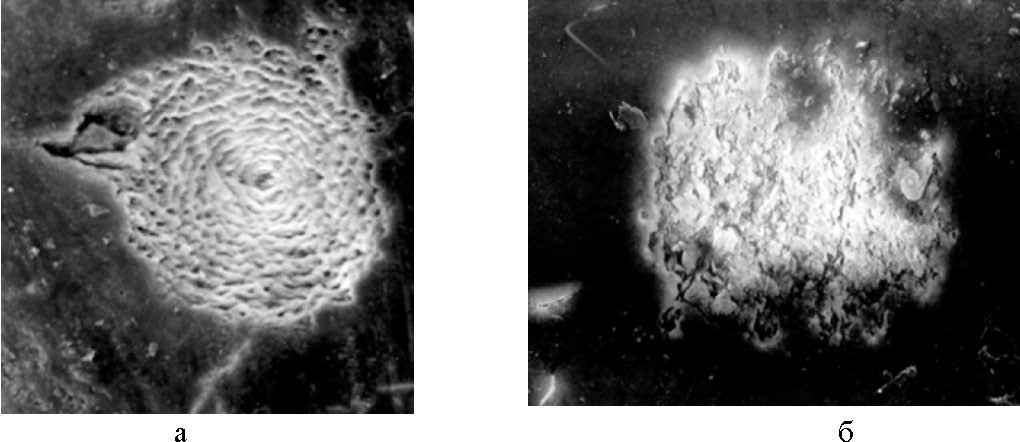
Images of laser resonance ablation of bone samples
Laboratory of High-Performance Reconfigurable Systems
The laboratory is oriented on development of modern X-ray high-precision intellectual equipment for research of organic and inorganic materials at the micron level.
Members of the laboratory have developed an innovative intelligent X-ray 3D microtomographic scanner capable to scan objects without destroying their structure, and to construct 3D digital models of these objects. Software of the microtomographic scanner allows analyzing the internal structure of the scanned objects by creating multiple virtual slices on their digital models.
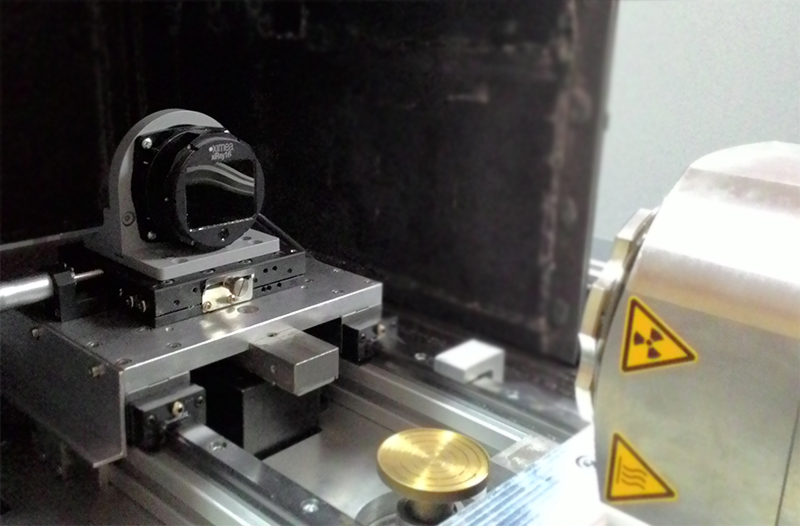
Characteristics of the X-ray 3D microtomographic scanner
-
Capability to distinguish details from 1 to 13 microns.
-
X-ray source: smoothly adjustable from 20 to 160 kW, plate current 10 - 250 µA, 10 W, the focal spot size <5 microns (≅ 4 watt), air-cooled.
-
X-ray detector: 4872 x 3248 pixels (if one element is not more than 7,4 x 7,4 microns).
-
Time for 3D image reconstruction is 10 min / cm³.
-
Time for 3D image analysis is 60 min / cm³.
Advantages
-
High-precision positioning system capable to position examined objects with the accuracy of ± 1 micron.
-
Full automation of the X-ray microtomographic scanner, which requires no user intervention in the process of building 3D-models of the examined objects.
-
Built-in algorithms for analysis and classification of the internal structure and defects of the object.

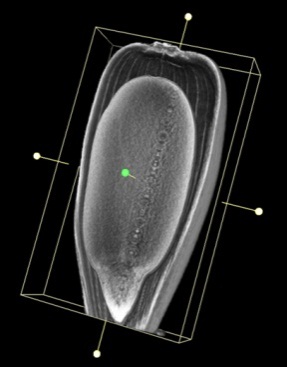
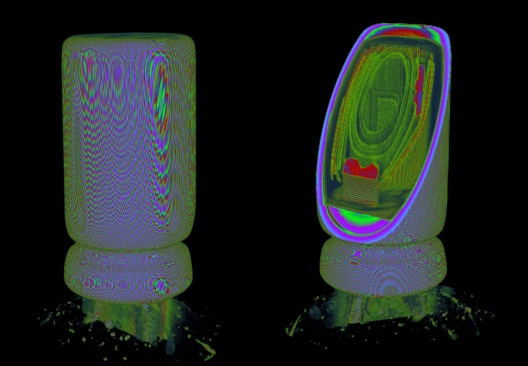
Laboratory of Biochemistry of Transport Systems
The laboratory is oriented on development of biomedical mechanisms of xenon influence on transdermal transport, and development of technology of production of xenon-based transdermal systems for delivery of active substances.
The technology of xenon-based transdermal delivery system has a wide range of application:
-
Transdermal Systems for Drug Delivery
-
Medicine for external use
-
Cosmetics
Skin protective barrier and traditional methods to overcome it:
-
chemical
-
physical
-
mechanical
The problem of skin damage always exists!
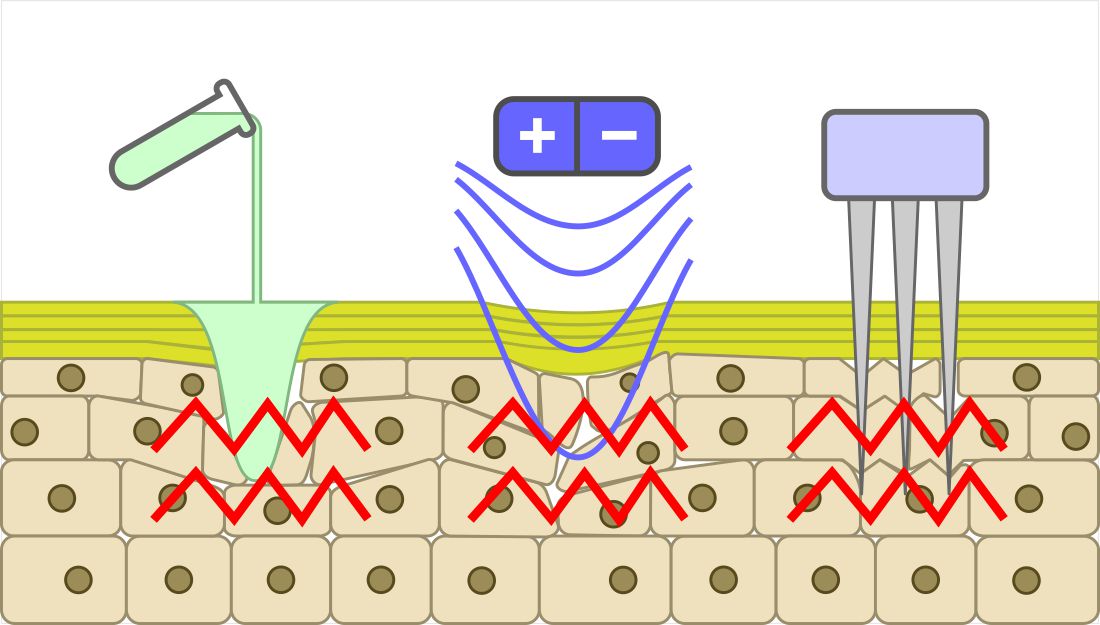
Solution of the problem is to use xenon-based transdermal systems
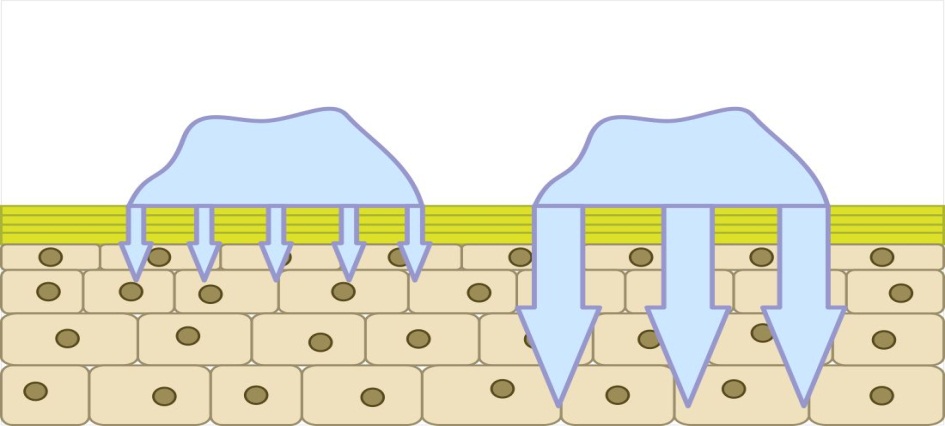
We hypothesize that xenon modifies the interphase surfaces of the intercellular matrix
Latest News
Contacts
- +7 (3822) 529823, +79059908625
- egs@sibmail.com
- The contact person: Syryamkin Vladimir Ivanovich, maximus70sir@gmail.com

